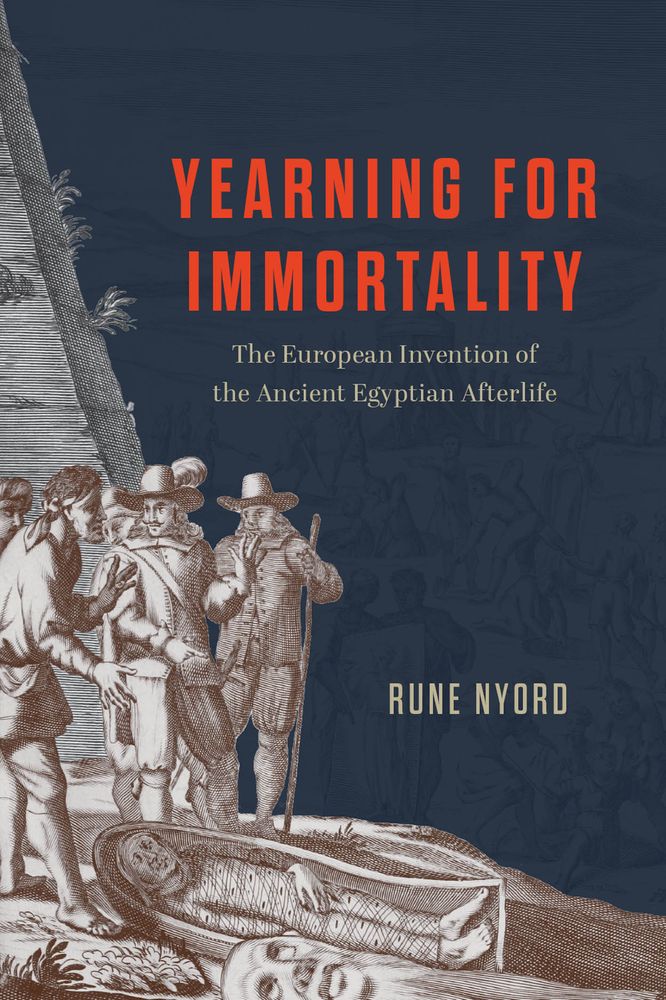Rune Nyord
@runenyord.bsky.social
650 followers
540 following
24 posts
Associate Professor of ancient Egyptian art and archaeology and Chair of the Art History Department at Emory University.
New book: Yearning for Immortality — The European Invention of the Ancient Egyptian Afterlife (2025) http://bit.ly/41cbSVO.
Posts
Media
Videos
Starter Packs
Pinned
Reposted by Rune Nyord
Reposted by Rune Nyord
Reposted by Rune Nyord
Reposted by Rune Nyord
Reposted by Rune Nyord
Rune Nyord
@runenyord.bsky.social
· Mar 15
Rune Nyord
@runenyord.bsky.social
· Mar 2
Rune Nyord
@runenyord.bsky.social
· Mar 2
Rune Nyord
@runenyord.bsky.social
· Mar 2
Rune Nyord
@runenyord.bsky.social
· Mar 2
Rune Nyord
@runenyord.bsky.social
· Mar 1
Reposted by Rune Nyord
Reposted by Rune Nyord
UCL Press
@uclpress.bsky.social
· Jan 16

Contemporary Art and the Display of Ancient Egypt
Artistic interventions are now a popular means of delivering fresh perspectives on museum displays, including in galleries devoted to ancient Egypt. Installations are commonly said to put the past and...
ow.ly
Rune Nyord
@runenyord.bsky.social
· Jan 13

“Taking Ancient Egyptian Mortuary Religion Seriously”: Why Would We, and How Could We? - Journal of Ancient Egyptian Interconnections
Journal of Ancient Egyptian Interconnections 17 (March 2018) Ancient Egyptian mortuary religion is full of ideas which, in their conventional Egyptological interpretation, are very difficult to take s...
bit.ly
Rune Nyord
@runenyord.bsky.social
· Jan 13
Rune Nyord
@runenyord.bsky.social
· Jan 13
Rune Nyord
@runenyord.bsky.social
· Jan 13














